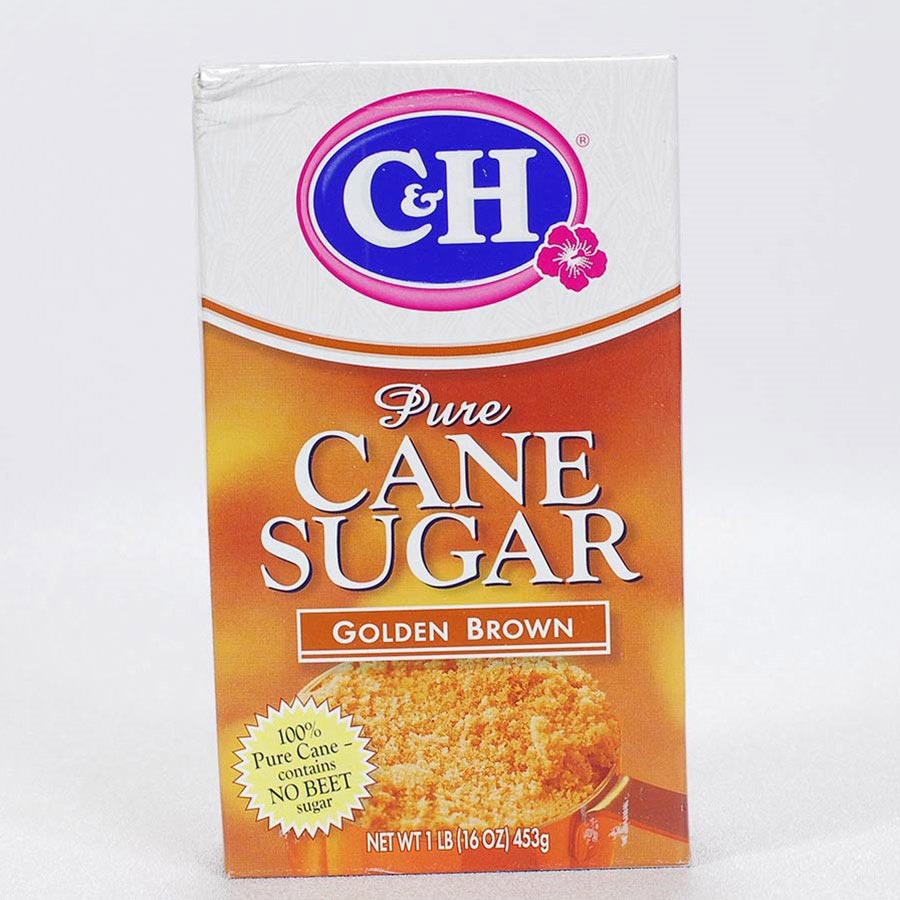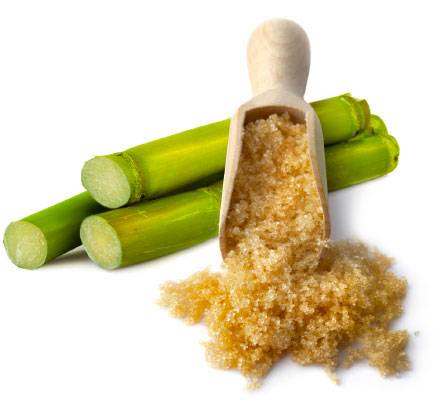The Trip of Cane Sugar Processing: From Harvest to Crystals
The Trip of Cane Sugar Processing: From Harvest to Crystals
Blog Article
Discovering the Comprehensive Steps Entailed in Walking Cane Sugar Processing From Collecting to Refinement
The process of cane sugar manufacturing incorporates a series of elaborate steps, starting with the careful harvesting of sugarcane and finishing in the refinement phases that ensure the last item meets market requirements. Each phase, from the removal of juice to the filtration and condensation processes, plays a vital duty in figuring out the quality and character of the sugar.
Collecting Sugarcane
Harvesting sugarcane is an essential step in the walking cane sugar processing chain, as it directly affects the top quality and yield of the end product. Appropriate timing and methods are necessary throughout this stage to guarantee optimum sugar material and reduce losses. Typically, sugarcane is gathered when it gets to maturity, generally 12 to 18 months after growing, characterized by a high sucrose focus.

Post-harvest, the sugarcane needs to be processed swiftly to stop sucrose degradation. Ideally, gathered walking stick needs to be transported to refining centers within 24-hour to maintain sugar quality. Consequently, efficient logistical planning is critical to maintain the integrity of the collected crop throughout the supply chain.
Removal Refine

The crushed walking cane undergoes a series of pressing procedures to make the most of juice healing. Normally, warm water is splashed onto the crushed walking cane, creating a countercurrent flow that aids dissolve the sugar while likewise assisting in the removal procedure. The juice accumulated from this operation has not just sugar but likewise different natural substances and contaminations.

To enhance removal efficiency, some centers might employ diffusion techniques, where the sugarcane is taken in warm water, enabling the soluble sugars to diffuse into the liquid. The resulting juice, abundant in sucrose, is after that routed to succeeding handling stages, laying the structure for filtration and refinement. The extraction procedure is hence crucial in identifying the high quality and yield of the final sugar item.
Purification Methods
The filtration strategies used in walking cane sugar processing are vital for transforming the raw juice right into a premium sugar item. These methods mostly intend to eliminate pollutants, such as soil, plant products, and not natural compounds, which can adversely impact the final item's flavor and shade.
One of the most usual filtration strategies is clarification. This procedure involves adding lime and warm to the raw juice, which helps with the coagulation of contaminations. The resulting precipitate is after that gotten rid of via sedimentation or filtration, generating a more clear juice. In addition, using phosphoric acid can boost the explanation process by additional binding contaminations.
One more considerable strategy is carbonatation, where carbon dioxide is presented to the cleared up juice. This reaction generates calcium carbonate, which catches continuing to be impurities and advertises their elimination.
Furthermore, turned on carbon treatment may be used to adsorb any kind of continuing to be colorants and natural contaminations, ensuring a more polished product. The mix of these techniques efficiently prepares the sugar juice helpful resources for succeeding steps in the refining process, setting the stage for the manufacturing of high-grade walking stick sugar.
Crystallization Approaches
After the filtration stage, the following crucial action in walking stick sugar processing includes condensation methods, which play a crucial duty in transforming the cleared up juice right into solid sugar. This process generally utilizes 2 main techniques: spontaneous crystallization and regulated crystallization.
In spontaneous condensation, supersaturated sugar remedies are permitted to cool normally, causing the formation of sugar crystals with time. This method is less complex however might result in irregular crystal dimensions and reduced purity degrees. On the other hand, controlled condensation is an extra exact method where seeding, concentration, and temperature agents are thoroughly taken care of. This technique enables the consistent growth of sugar crystals and higher pureness.
Throughout formation, the made clear juice is concentrated through evaporation, increasing its sugar material until it gets to supersaturation. As soon as this point is accomplished, either method can assist in the crystallization procedure. Cane find more information Sugar Processing. The resultant sugar crystals are after that separated from the remaining syrup through centrifugation
Inevitably, the choice of formation approach influences the quality, dimension, and purity of the last sugar item, making this step vital in the overall cane sugar processing procedure.
Refinement and Product Packaging
Just how can the purity and quality of cane sugar be even more boosted after formation? The refinement process plays a vital duty in achieving high-quality cane sugar.
Following, the sugar is subjected to a process called centrifugation, where it is rotated at high rates to divide the cleansed sugar crystals from the staying fluid. After centrifugation, the sugar is usually more fine-tuned with an approach called carbonization or phosphatation, which makes use of triggered carbon or phosphoric acid to get rid of color and off-flavors.
When fine-tuned, the sugar is dried out to accomplish the desired dampness web content, making certain that it stays steady during storage space and transport. The last step entails product packaging the polished sugar in impermeable and moisture-proof containers to maintain its quality and prevent contamination. Cane Sugar Processing. Correct product packaging not just prolongs service life but also promotes very easy handling and distribution, making certain that consumers receive sugar that satisfies the highest requirements of pureness and top quality
Conclusion
The detailed steps included in walking cane sugar processing, from the meticulous harvesting of sugarcane site to the intricate refinement and packaging stages, highlight the value of each phase in guaranteeing premium sugar production. Optimum harvesting techniques, effective extraction approaches, and rigorous purification procedures jointly add to the final item's pureness and security. The condensation and succeeding product packaging practices further boost the integrity and service life of the sugar, highlighting the complexity and precision inherent in this vital agricultural sector.
The process of walking cane sugar manufacturing incorporates a collection of detailed steps, starting with the careful harvesting of sugarcane and culminating in the improvement phases that make certain the last product fulfills market requirements. Ideally, harvested walking cane needs to be moved to processing centers within 24 hours to preserve sugar top quality.In spontaneous formation, supersaturated sugar services are permitted to cool normally, leading to the development of sugar crystals over time - Cane Sugar Processing. The refinement procedure plays a crucial role in attaining premium walking stick sugar.The extensive steps included in walking cane sugar processing, from the careful harvesting of sugarcane to the intricate refinement and packaging phases, highlight the significance of each phase in making sure high-grade sugar production
Report this page